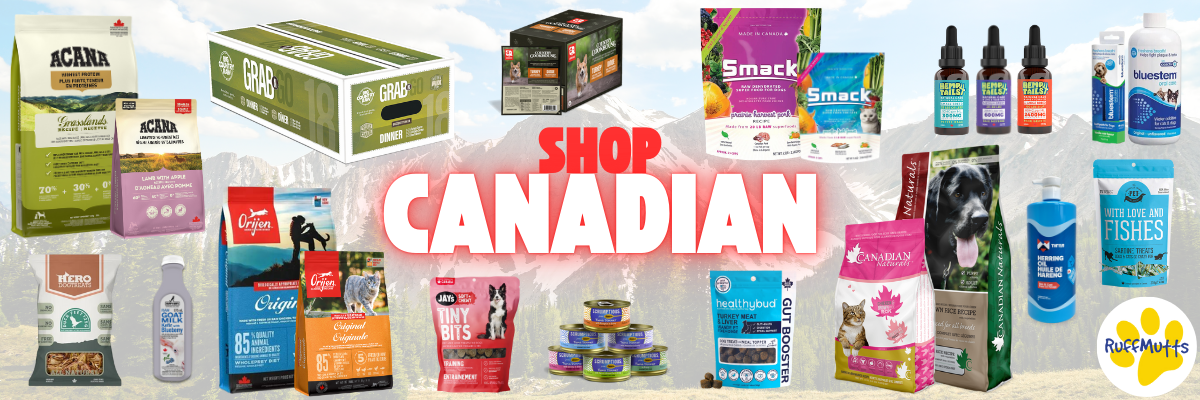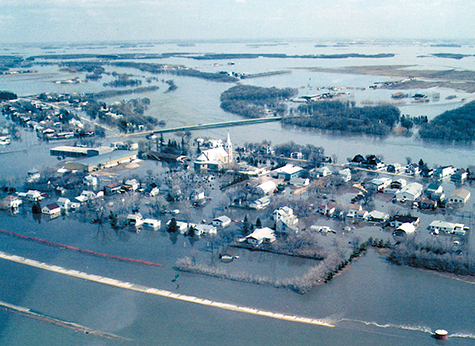I hate to be the one to break the news, but winter is coming. The last of the warm summer days spent cruising down the countryside with the windows down and hair flying in the breeze are behind us. And what lies ahead looks bleak and depressing to many.
Most people spend the autumn worrying about shovelling snow, not slipping on ice, or winterizing their boats and cabins, while the minority prepare their vehicles for the frozen tundra that is soon to be upon us.
But preparing our vehicles for winter is critically important.
Winter Tires
People think that winter tires aren’t necessary, but it’s the polar opposite. Drivers assume that all-season tires are sufficient for, well, all seasons. They’re sadly and dangerously mistaken.
All-season tires are made from a rubber composition designed to become insufficient in temperatures below 7°C, rendering them ultimately useless in colder weather, never mind when snow blankets the road. This in turn results in a loss of traction, shorter stopping distances, and a higher risk of getting stuck—or worse. All-season tires are not only unsuitable for colder weather, they’re dangerous for everyone.
Drivers assume that a winter tire is a winter tire, but not all tires are created equal. The Department of Transportation sets standards and rigorous testing for winter tires to ensure that only the safest tires are allowed on the road. To ensure your tires are DOT-approved, look for the snowflake symbol on the sidewall of each tire.
Winter tires can be expensive. Thankfully, the Manitoba Public Insurance Winter Tire Program is here to help. MPI offers up to $2,000 per vehicle, including financing for rims, tire stems, shop supplies, wheel alignment, and more. However, MPI doesn’t allocate financing towards any repairs on tires or storage of tires, unless they’re purchased during the initial sale.
When changing your tires, be sure to check your tire pressure often and set it to the recommended pressure for your vehicle. This can be found in the door jamb of most vehicles, or in the vehicle’s owner’s manual.
Oil and Fluids
A big part of what keeps your engine running is oil, which lubricates and protects the moving parts of the engine. Certain oils are affected differently by cold weather and can affect the viscosity of the oil. For example, synthetic oil flows better in colder weather due to its molecular composition that allows it to not lose viscosity.
Most oil thickens as the weather gets colder, keeping the oil from circulating throughout the engine and inducing more engine wear. This is where a block heater comes in. A block heater might be a no-brainer for many, but others don’t even know what block heaters do.
A block heater utilizes an electric heating element to heats the coolant, thus warming the engine block so that the engine turns over easily when it’s cranked. This not only reduces the stress on your battery, but the starter motor and, more importantly, the engine.
Ensuring that you’re using the correct fluids in your vehicle can also make all the difference. For example, winter windshield washer fluid is key throughout the winter and spring months so that it doesn’t freeze in the reservoir.
Coolant is a similar story. The recommended coolant for the winter is 60/40 (meaning it’s composed of 60 percent coolant and 40 percent water). This combination is preferable because it does the job of cooling and additionally protects the vital internals of the cooling systems. The water in the coolant removes heat from the engine block and runs it through the heater core, which in turn creates heat for the cabin.
Using winter tires and the correct fluids and oil in your vehicle is the first step to preparing for winter. Actually being prepared is another thing entirely. Be sure to keep a winter emergency kit in your vehicle. This should include a blanket, jumper cables, a shovel, gloves, and a phone charger that can be used in the car.
Stay safe out there!




















